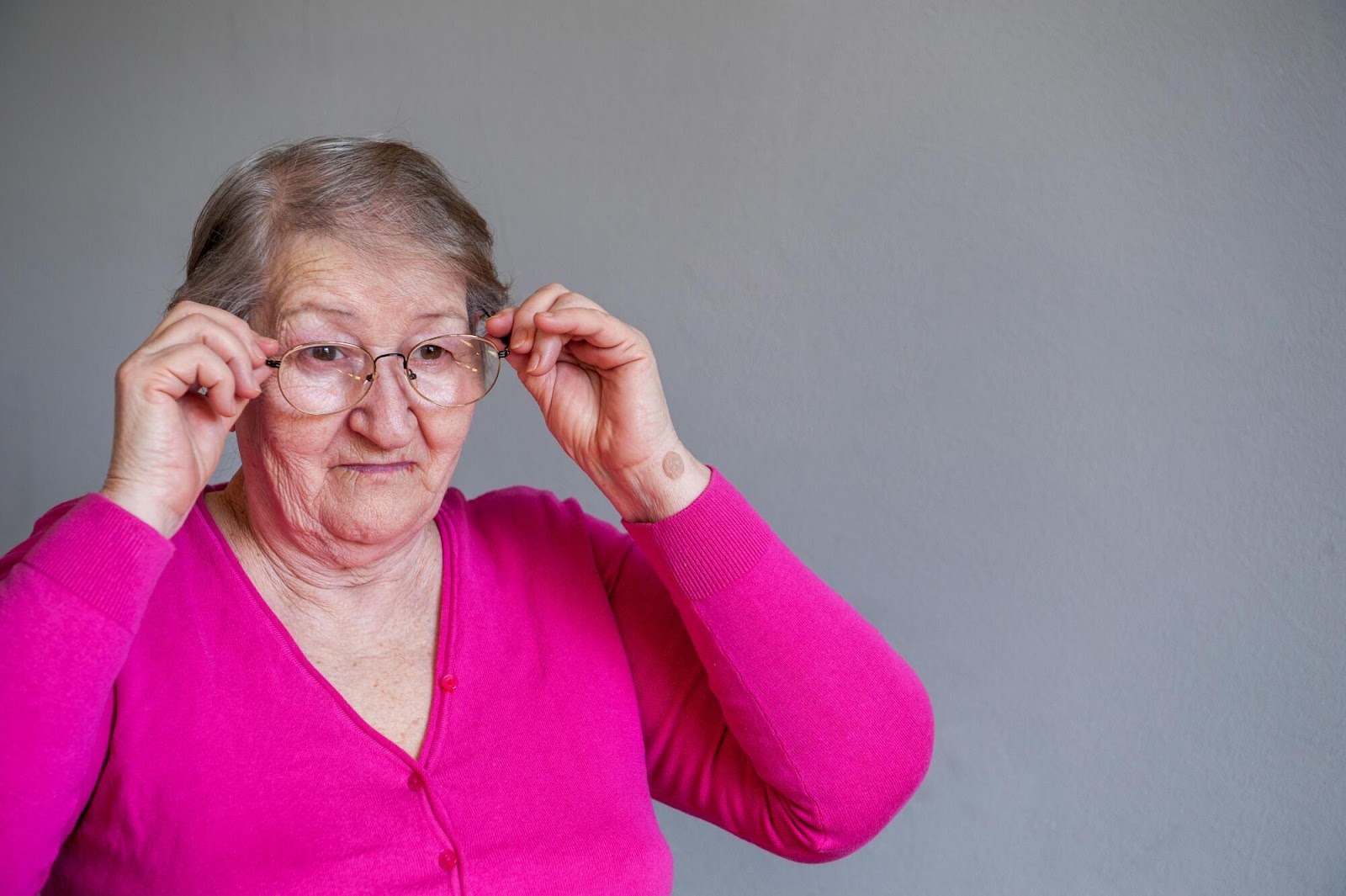Diabetic retinopathy is a condition that can quietly affect the eyes over time. It is connected to changes in the blood vessels of the retina. Many people are unaware that it is developing until it reaches a later stage.
Early awareness of diabetic retinopathy can help seniors take action sooner. Understanding how it can affect vision is important. Paying attention to small changes may make a big difference.
In this blog, we will guide you on recognizing the early signs of diabetic retinopathy in seniors. Read more!
Subtle Vision Distortions That May Indicate Early Retinopathy
In the early stages, vision changes may be so mild they are easily ignored. Seniors may notice straight lines appearing wavy or objects looking slightly distorted. These small differences can hint at eye changes linked to diabetes.
Sometimes these distortions come and go, making them harder to notice. The brain often adapts, masking the problem until it worsens. Being aware of these subtle patterns can encourage timely eye checkups.
Recognizing Floaters, Blurriness, and Light Sensitivity in Older Adults
Floaters may look like small spots or strands drifting across the vision. They can appear more often or in greater numbers when diabetic eye damage is present. Blurriness in certain areas of sight may also develop.
Light sensitivity can make bright environments uncomfortable. This may cause seniors to avoid outdoor activities or well-lit rooms. These gradual changes can be early signs of vision loss due to diabetes.
The Role of Routine Eye Exams in Detecting Diabetic Retinopathy Early
Regular eye exams allow professionals to spot changes that are not yet noticeable to the patient. This is especially important for seniors with a history of diabetes. The retina can be examined closely for early warning signs.
Early detection gives a chance to slow the progression of the condition. A thorough checkup can also rule out other vision problems. This proactive approach helps protect long-term eye health.
How Sudden Color Perception Changes Signal Possible Eye Damage
Seniors may suddenly notice that colors seem faded or less bright. This can happen when the retina is affected by eye damage caused by diabetes. Even small shifts in color clarity can point to early trouble.
Such changes may occur in one eye or both. The difference might be more obvious when comparing side by side. Identifying these shifts early can lead to faster medical evaluation.
When to Seek Immediate Medical Attention for Eye-Related Symptoms
If a senior notices sudden dark spots, flashes of light, or a rapid decline in vision, urgent care is needed. These signs may mean the condition has advanced and needs fast attention. Understanding the diabetic retinopathy stages in seniors can help guide decisions on when to act quickly.
Severe pain, sudden blurriness, or partial vision loss should never be ignored. Swift action can prevent further complications. Emergency care may help limit lasting vision loss.
Taking Action Against Diabetic Retinopathy
Early attention can protect sight and reduce long-term risks. Diabetic retinopathy can progress quietly, but timely care can make a real difference. Seniors should stay alert to even small vision changes.
Regular checkups are key to maintaining eye health. Acting now can help prevent severe problems later. Schedule an eye exam today to safeguard your vision.
Did you find this article helpful? Explore our other blog posts for more insights.
